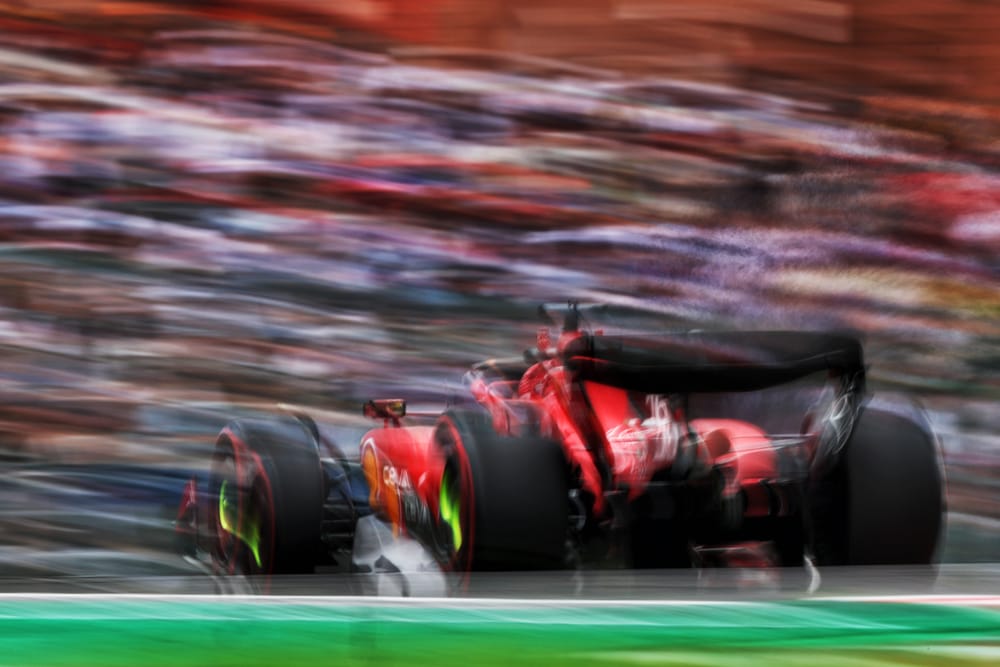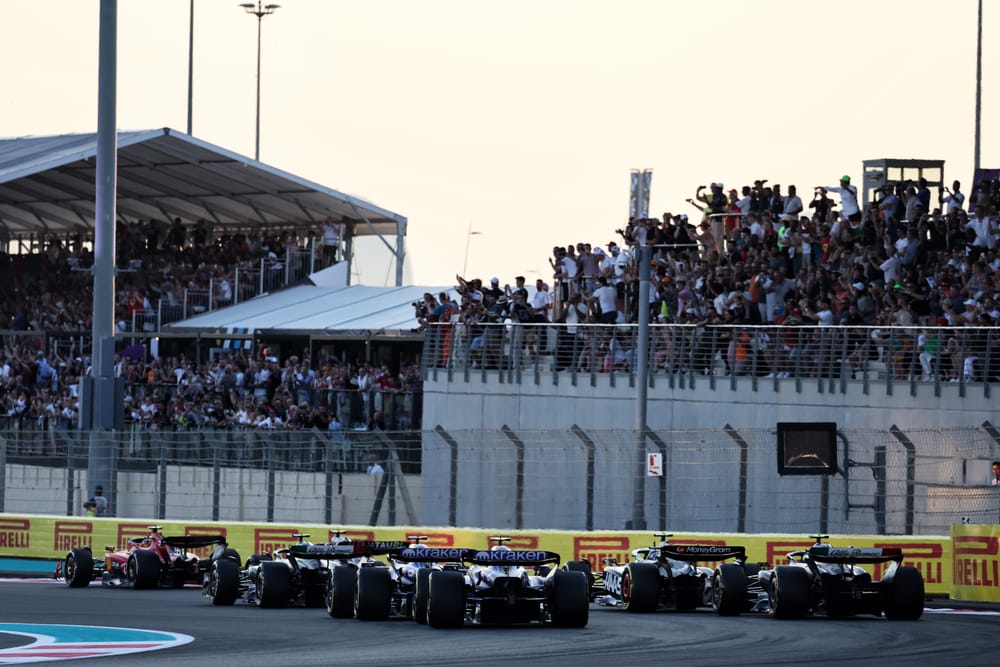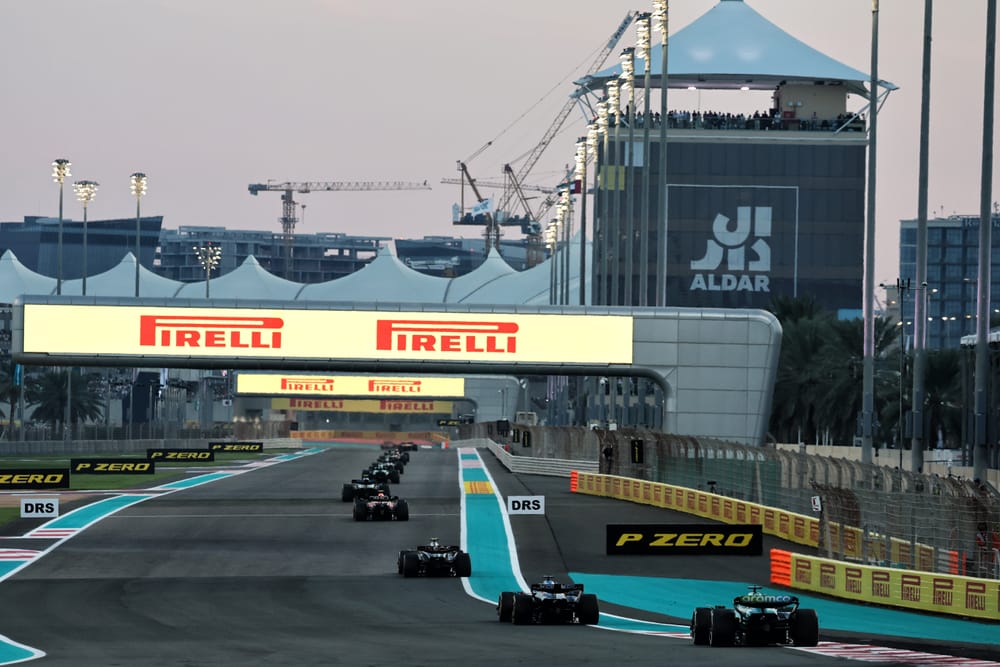Up Next

Charles Leclerc's Formula 1 season was split into two parts either side of a "small" Ferrari upgrade that had a massive impact.
An updated floor around two-thirds of the way into the season transformed Leclerc’s form and fortune, sparking a superb run across the final seven events.
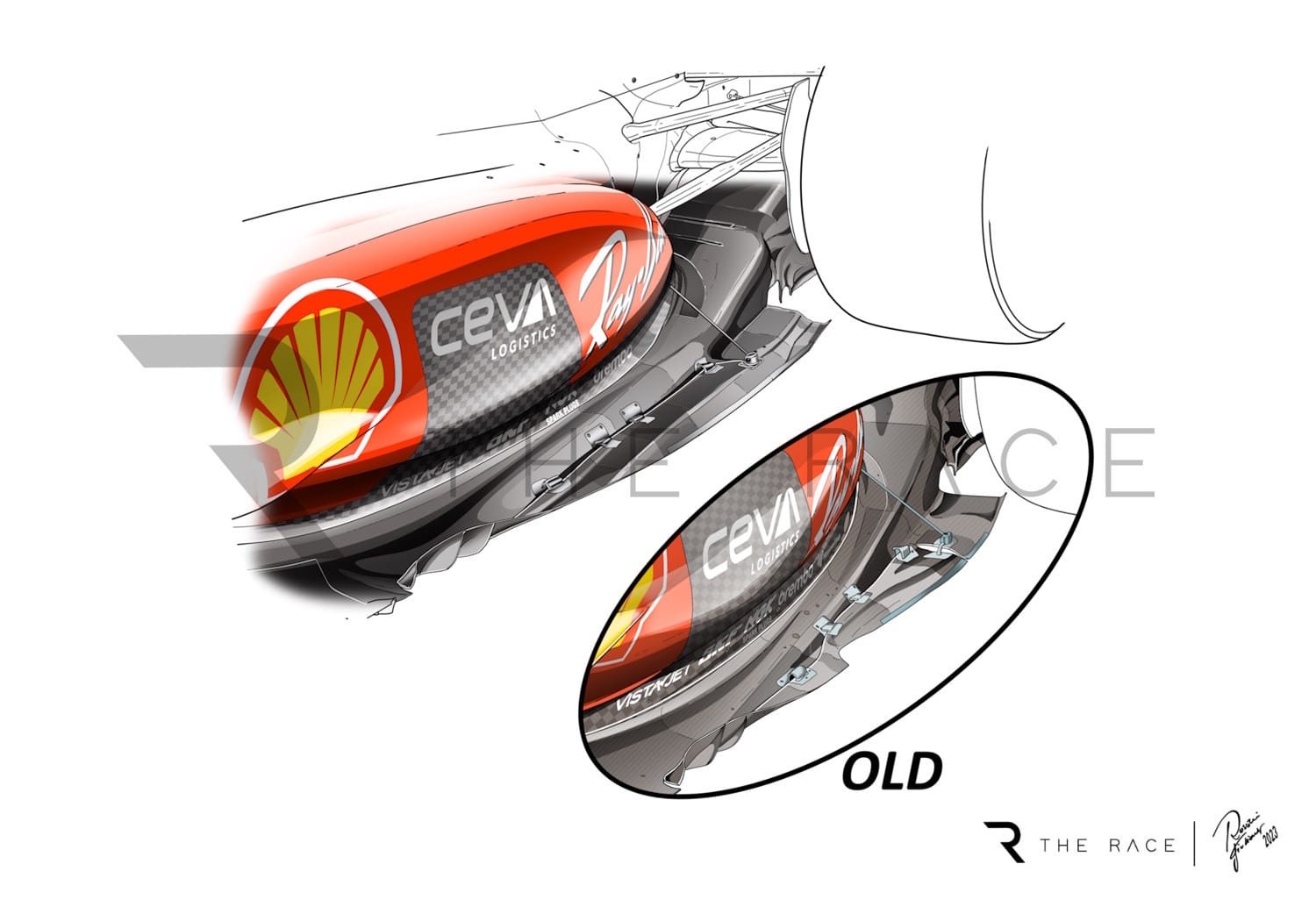
The Japanese Grand Prix update was extensive, as it included revised front floor fences, floor, mid-floor and diffuser sidewall, with a redesigned sidepod undercut to suit. The focus was on loss management and load distribution to improve aerodynamic efficiency - basically, not an increase in outright load, but more consistent downforce.
Ferrari team boss Fred Vasseur actually described it as a “small upgrade”, as “in terms of pure performance it was not something mega”.
“But I think in terms of comfort it was important and very beneficial for Charles,” he said.
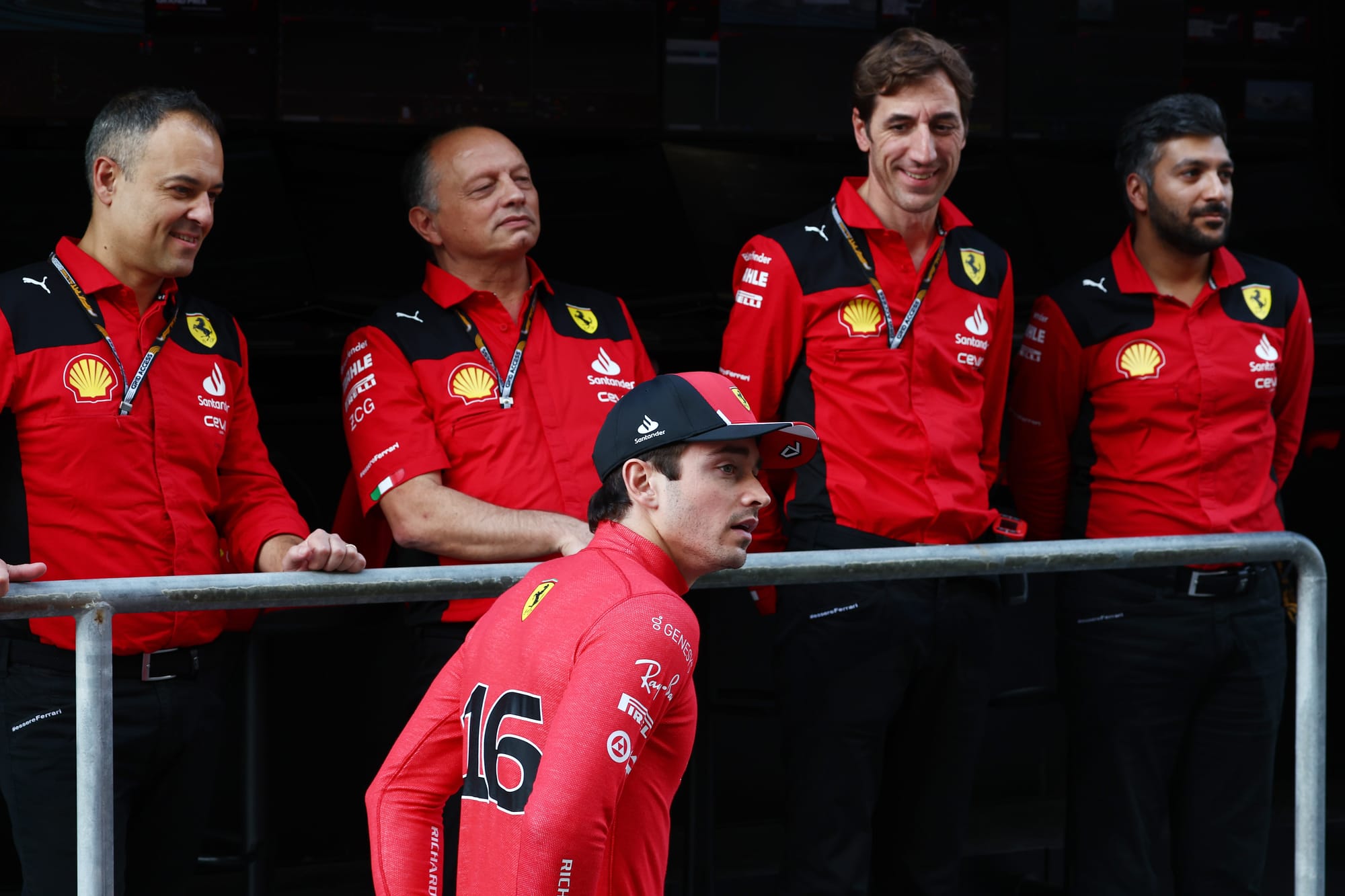
It was part of a season-long effort to make the SF-23 a more predictable and usable car, tackling something that had plagued Leclerc in particular.
With it, Leclerc immediately ended a run of consecutive qualifying and race defeats to team-mate Carlos Sainz. And though one race was not enough to draw a firm conclusion, everything that followed led Leclerc to a clear observation by the season’s end.
“We've had two parts of the season: pre-Japan and post-Japan, at least on my side,” said Leclerc in Abu Dhabi.
“I feel much more at ease with the car since Japan. We've worked on the consistency of the car in different conditions which helped a lot with my driving style.
“I like quite a lot to have an oversteery car and a strong front, which in the first part of the season I couldn't quite do.”
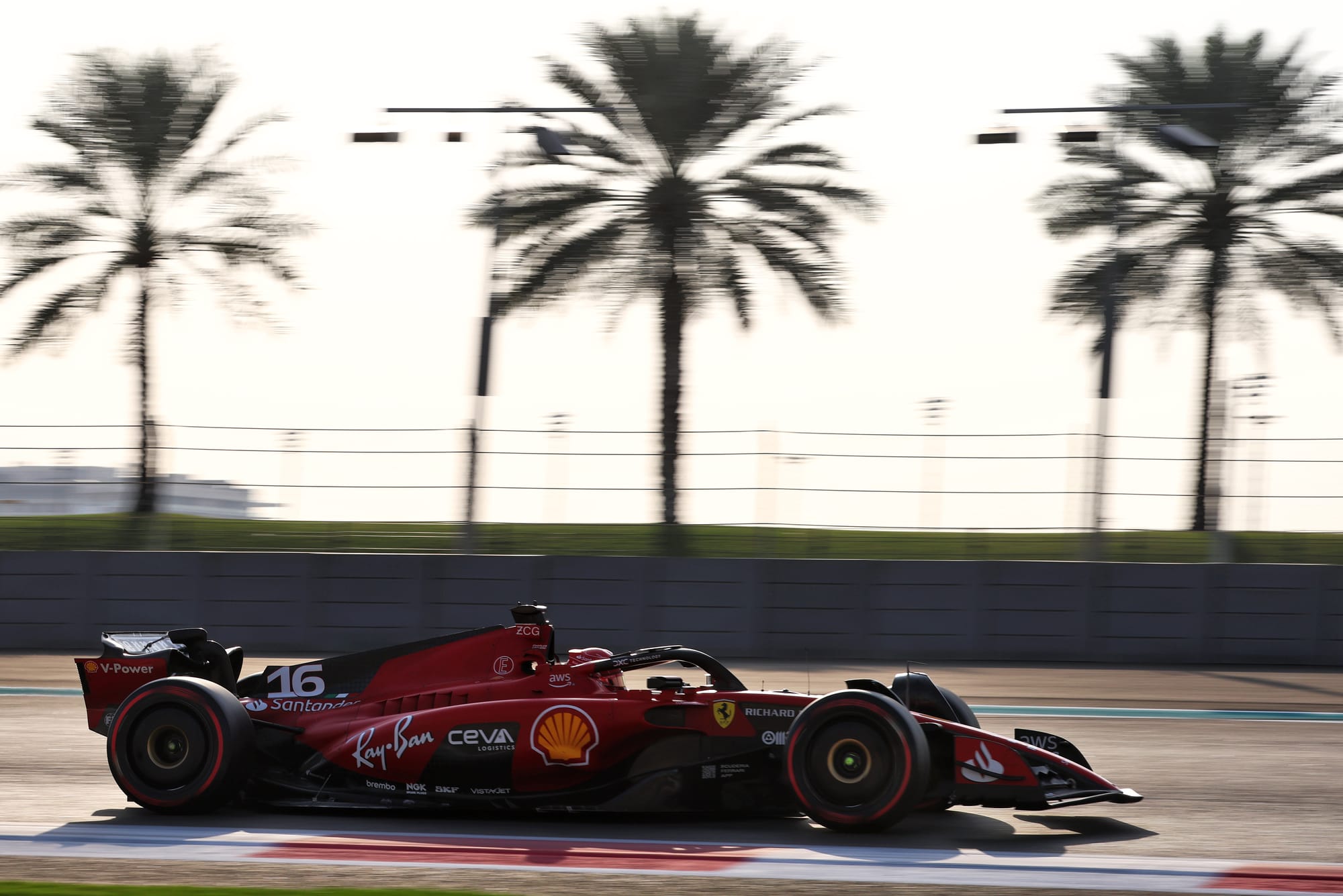
Leclerc is not exaggerating when he divides his season into pre-and-post-Japan segments.
While there were plenty of peaks in the first two-thirds of the year - the whole Azerbaijan weekend, finishing second in Austria and being best of the rest in Belgium - it was proving to be a volatile campaign as Leclerc attempted to persevere with the kind of car set-up he likes, but that the SF-23's snappiness was not compatible with.
His season resumed after the summer break in disappointing fashion as Ferrari addressed the car's worst trait by dialling in understeer to tame the rear. This suited Sainz a lot better, hence his burst of great form (including the win in Singapore) during a short spell as Ferrari's clear lead driver.
Leclerc tried to adjust his driving to replicate Sainz’s effectiveness, with limited success. From Japan, though, a more stable platform meant Leclerc could go back to his natural style.
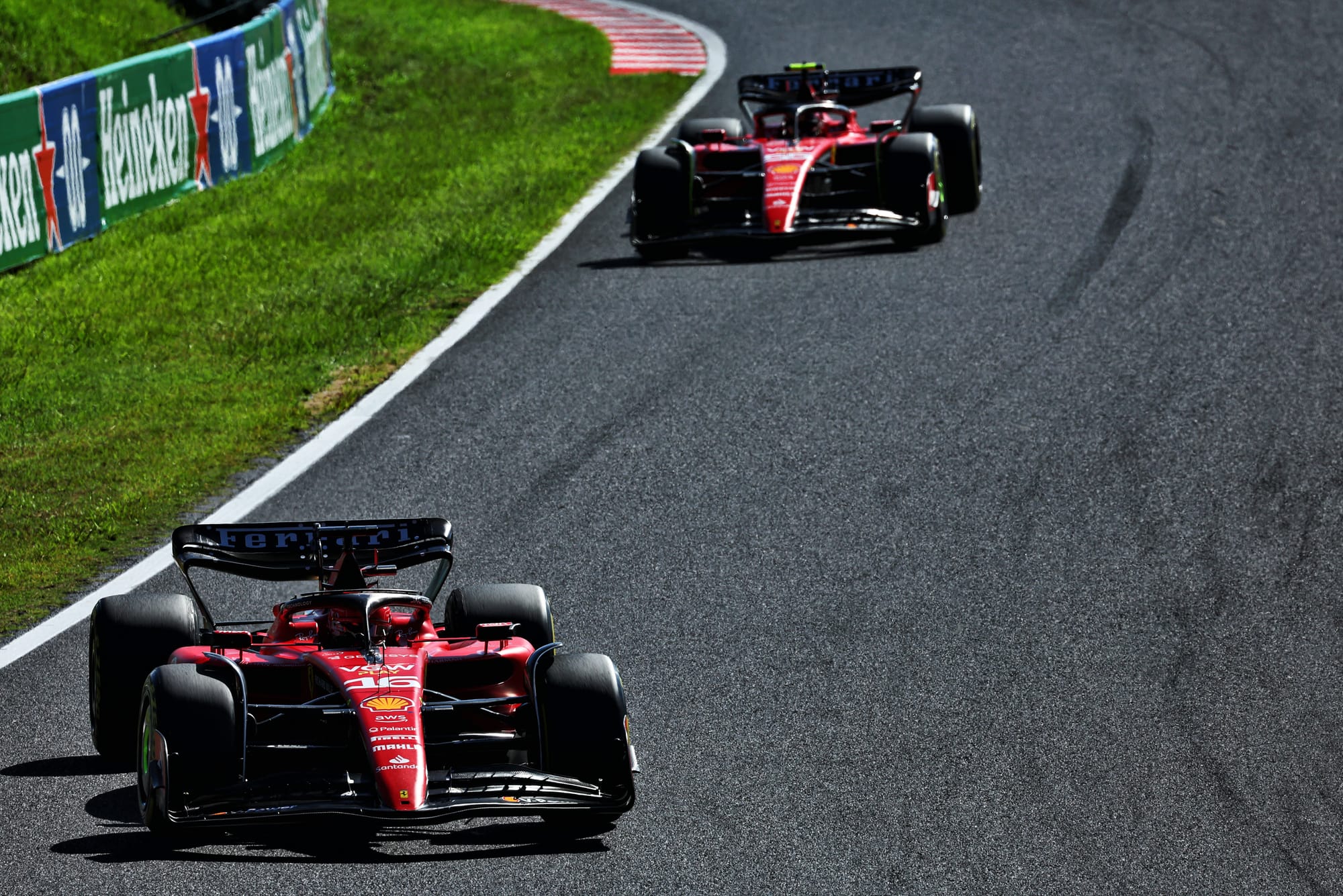
“I felt much more at ease and could be much more consistent,” he said.
Had he not been disqualified from Austin and been able to take the start in Brazil where he had that unfortunate reliability issue that sparked a formation lap crash, Leclerc's seven-event run from Japan onwards would have come very close to matching his entire points tally for the 15 race weekends that preceded it.
LECLERC’S 2023 TURNING POINT
Pre-Japan | Post-Japan | |
Points per start* | 10.2 | 13.5** |
Poles | 2 | 3 |
Podiums | 3 | 3 |
Average grid | 6.3 | 2.3 |
Average finish | 5.6 | 3.2 |
* Brazil discounted
** Original Austin result counted
Almost every metric is better post-Japan. More points per start, more poles (three in seven races!), better grid and finishing averages, the same number of podiums.
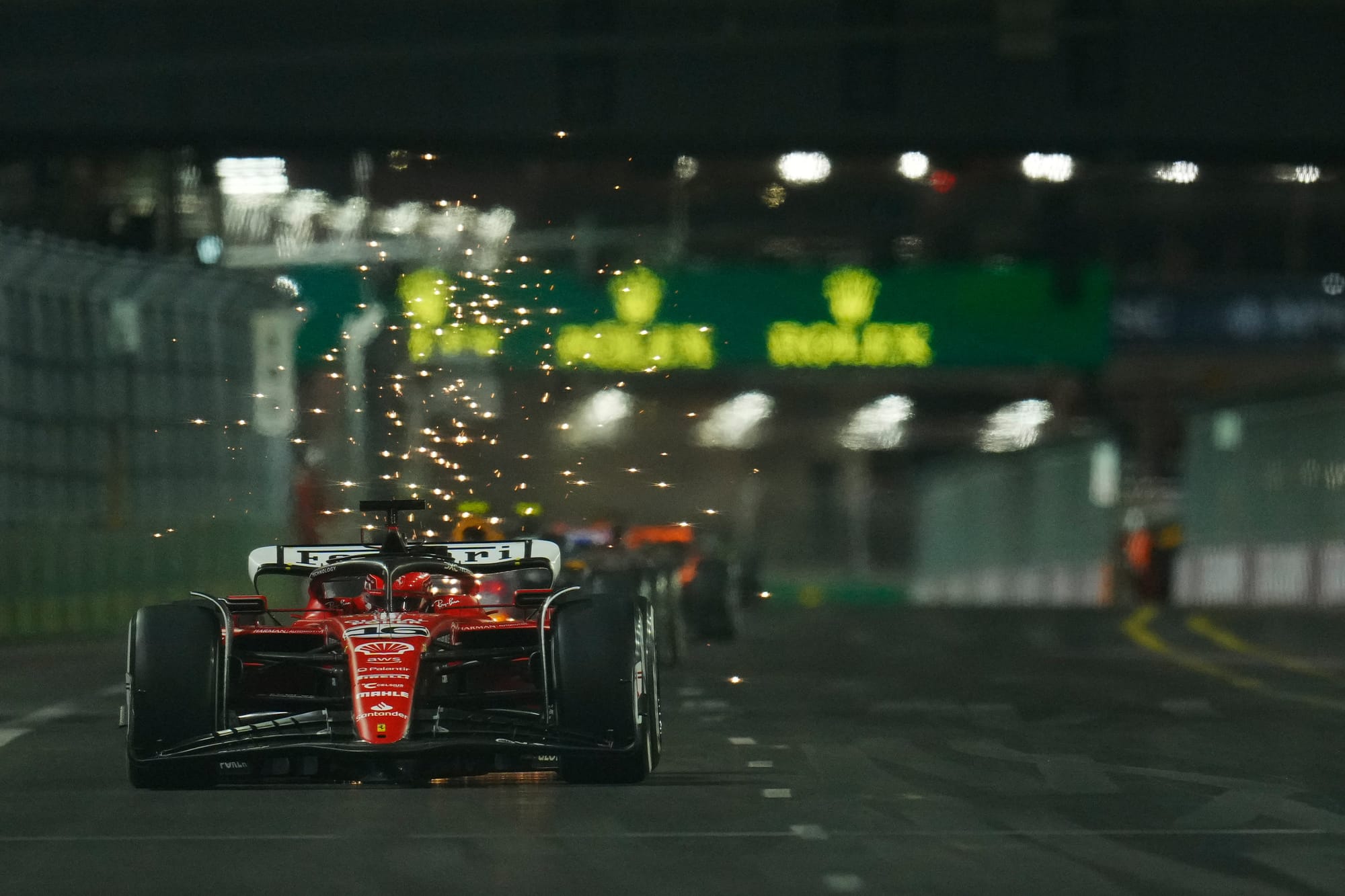
When performance is determined by barely a few tenths of a second, the little details matter. For Leclerc, a false ceiling was imposed on his ability for a short while as Ferrari dialled that understeer in to compensate for its snappy rear end.
Once the Suzuka floor helped tame that, the set-up ceiling was removed, and Leclerc was back to his best immediately.
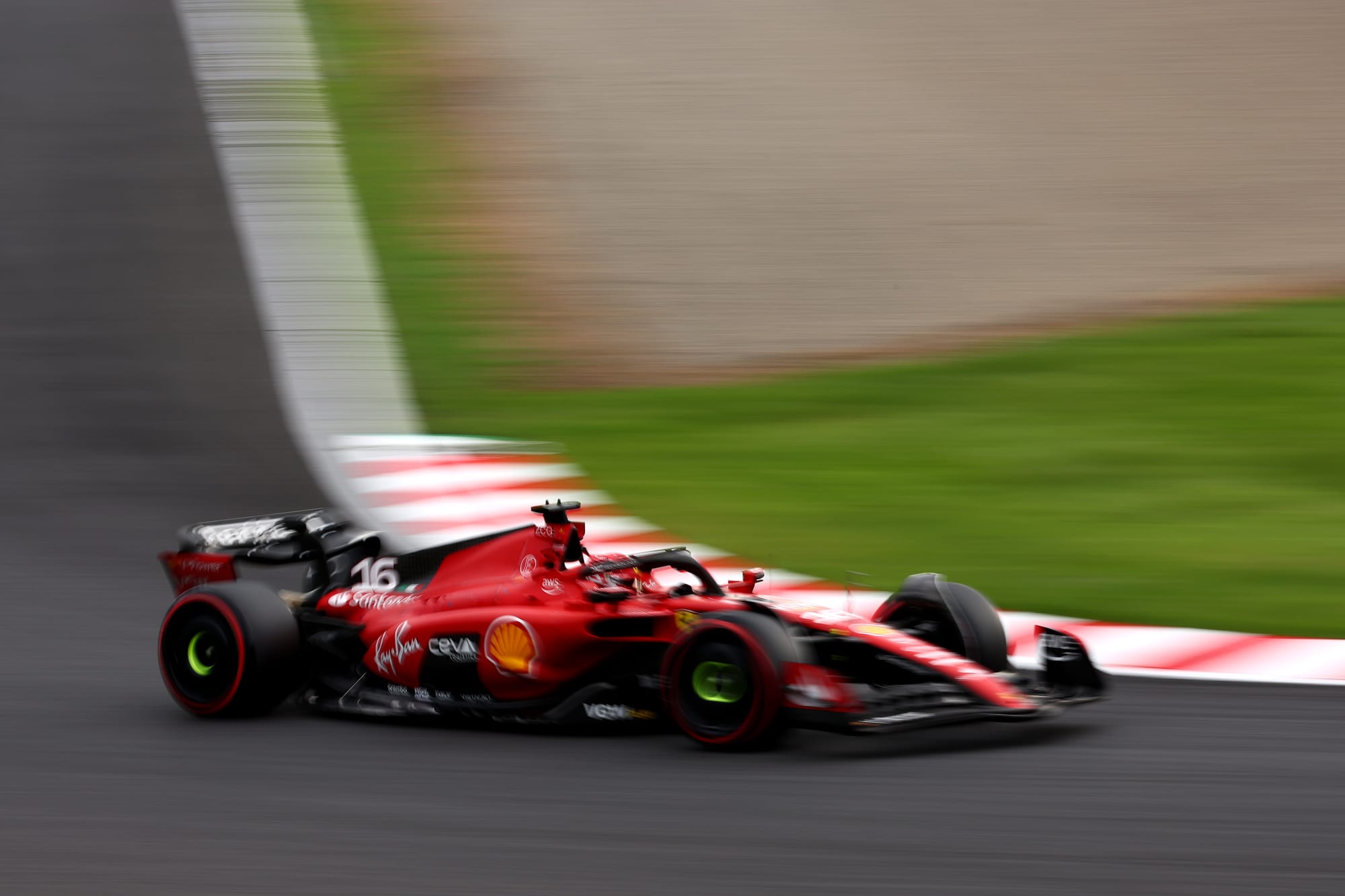
Even the best drivers need a car that allows them to do the things they excel at most. Max Verstappen’s lauded for his adaptability but there have been moments over the last two years where he has genuinely struggled to beat Sergio Perez.
It does not mean the extraordinary ability suddenly vanished on those rare weekends. It just was not accessible because of the specific limitations of the car at the time.
Leclerc went through something similar after the summer break. His response once the car was back to his liking was resounding.


